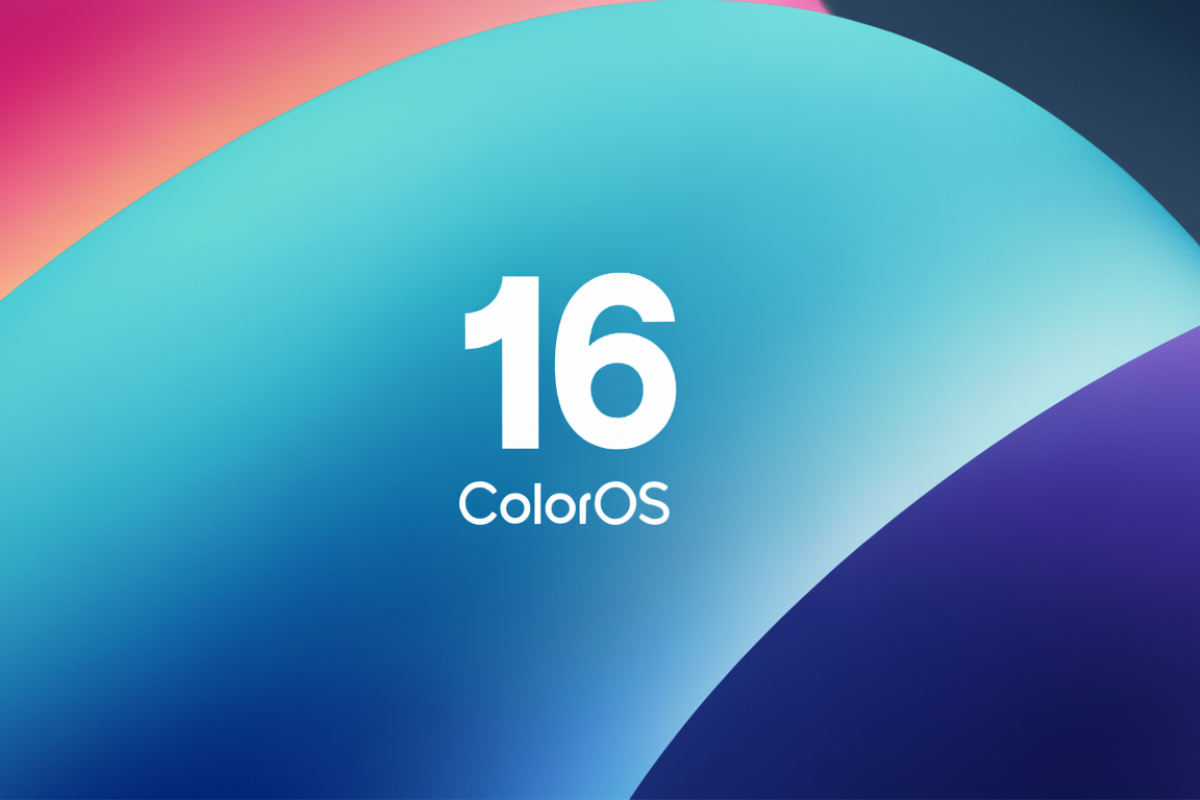
OPPO has confirmed that the ColorOS 16 based on Android 16 will be introduced on October 15th. The company’s goal with this new operating system is to deliver a user experience defined by “smooth nature and excellent AI.”
Aurora Engine: A Seamless Experience
ColorOS 16 introduces the Aurora Engine, dubbed “Android’s first seamless architecture,” to address the fragmented user experience prevalent in Android systems. This engine unifies drawing from the system’s foundation, creating seamless transitions for dynamic effects, animations, and more.
This technology extends its benefits to third-party apps, with OPPO claiming a 40% improvement in application click response and a 52% improvement in the stability of sliding frame rates.
Star Compiler: Android’s First Self-Developed Compiler
ColorOS 16 features the Star Compiler, which OPPO touts as “Android’s first self-developed compiler.” This innovation builds a complete compilation chain from the ground up, providing Java with exclusive hardware compilation capabilities. As a result, compilation efficiency improves and hardware-specific optimizations are implemented.
Tidal Engine: Dynamic Frame Tracking
The Tidal Engine introduces a new, chip-level dynamic frame tracking technology. This feature anticipates when a rendering task might not be completed in time and dynamically increases the chip’s power to prevent frame drops and freezing.
OPPO states that this technology improves system stability in heavy-load scenarios by 37% while reducing power consumption by 13%. This dual benefit of enhanced performance and improved efficiency allows for “6 years of smooth use,” according to the company.
ColorOS 16 is now available. ColorOS 16 will make its debut on the Find X9 and the OPPO Pad 5, both launching in October. It will also come pre-installed on the OnePlus 15 and OnePlus Ace 6, which will launch in China later this year. Official rollout details for other devices will be shared at the launch event next month.




